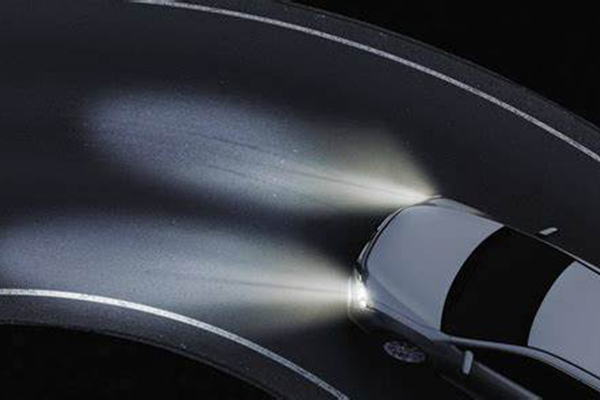With the rapid economic development in China, the number of automobiles has increased dramatically. Particularly in recent years, there has been a significant rise in cars, greatly enhancing people’s convenience in daily life. However, as the popularity and quantity of automobiles continue to grow, the associated environmental and energy issues have become increasingly prominent, and exhaust emissions have become a major concern.
Automotive exhaust emissions significantly impact our living environment, as they contain various pollutants that contribute to environmental degradation. With the increasing number of vehicles on the road, these pollutants are being generated in larger quantities, exacerbating the problem of environmental pollution. Therefore, researching new technologies to reduce pollutants emitted by automotive exhaust and implementing stringent monitoring of exhaust emissions are crucial steps to achieving a better living environment.
Automotive Exhaust and the Need for Emission Reduction
Many researchers and engineers are incorporating energy-saving and emission-reducing technologies into the next generation of vehicles to develop greener and more environmentally friendly power sources. One such technology involves using oxygen sensors to monitor the composition of automotive exhaust gases, enabling energy conservation and emission reduction.
Most vehicles currently use internal combustion engine power systems. The complete combustion of fuel directly affects the elimination of exhaust gases. Insufficient intake leads to incomplete combustion, resulting in fuel waste and the generation of many polluting gases. On the other hand, excessive intake can impact engine performance. Therefore, by detecting the oxygen content in the exhaust gases using an oxygen sensor and controlling the intake accordingly, combustion efficiency and energy conversion rates can be improved, thereby reducing the emission of pollutants.
OSS-2 Oxygen Sensor
The oxygen sensor generates signals to continuously control the engine valves and fuel injection, maintaining an optimal air-fuel ratio. This ensures that the catalytic converter effectively burns and converts harmful components in the exhaust gases, keeping the purification process efficient. Consequently, the exhaust gases, after undergoing oxidation-reduction in the catalytic converter, are released directly into the atmosphere, causing significantly less harm to the environment. An example of an oxygen sensor recommended by the technical engineers is the Southland OSS-2 oxygen sensor.
The Southland OSS-2 oxygen sensor is based on the principles of an electrochemical fuel cell. Produced under strict quality procedures, it measures the oxygen concentration from 0 to 100%. It is a self-contained sensor that does not require the addition of electrolytes and offers excellent stability, performance, and linearity. It is suitable for monitoring oxygen partial pressure in automotive exhaust, safety, flue gas, and other common oxygen monitoring applications.
Key Features of the Southland OSS-2 Oxygen Sensor:
- Measures oxygen concentration in the range of 0 to 100%
- Utilizes electrochemical fuel cell sensor technology
- Self-contained and does not require the addition of electrolytes
- Offers excellent stability, performance, and linearity
- A cost-effective alternative in a competitive market
Applications of the Southland OSS-2 Oxygen Sensor:
- Monitoring oxygen partial pressure in automotive exhaust, safety, flue gas, and other common oxygen monitoring applications
Technical Specifications of the Southland OSS-2 Oxygen Sensor:
- Sensor Technology: Electrochemical
- Signal Output: 9 – 13 mV
- Measurement Range: 0 – 100%
- Response Time (T90): 6 seconds
- Full-Scale Accuracy: ±1% of the signal
- Reproducibility (F.S.): ±0.5%
- Operating Temperature: 0 to 50 ºC
- Storage Temperature: 0 to 45 ºC
- Recommended Flow: 0.4 – 20
Conclusion
The OSS-2 oxygen sensor plays a crucial role in improving automotive exhaust emissions. By accurately monitoring the oxygen content in exhaust gases and adjusting the air-fuel ratio, the sensor enables efficient combustion and reduces the emission of harmful pollutants. This leads to a significant reduction in environmental damage caused by automotive exhaust emissions.
As China continues to address the challenges posed by increasing automotive pollution, adopting advanced technologies like the OSS-2 oxygen sensor will contribute to a greener and more sustainable future. The continuous development and implementation of emission reduction solutions will pave the way for cleaner air, improved living conditions, and a healthier environment.





